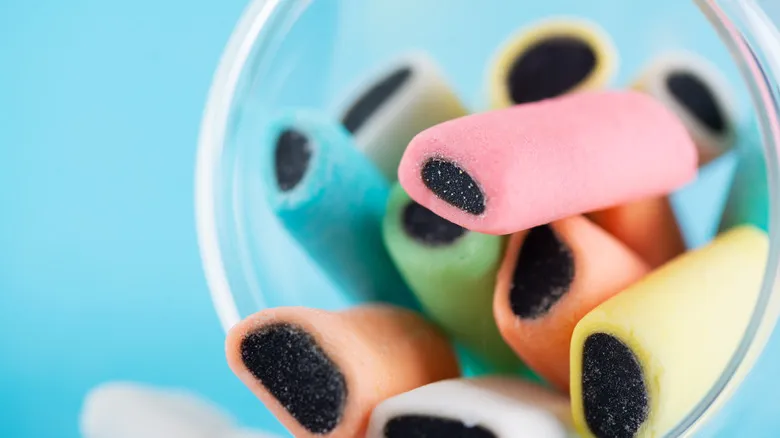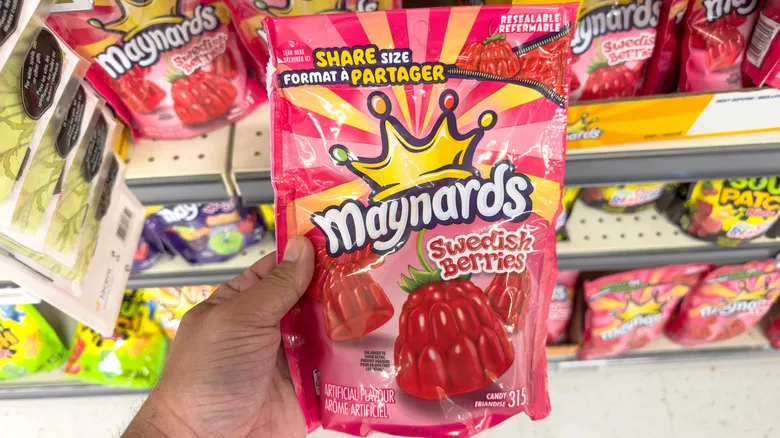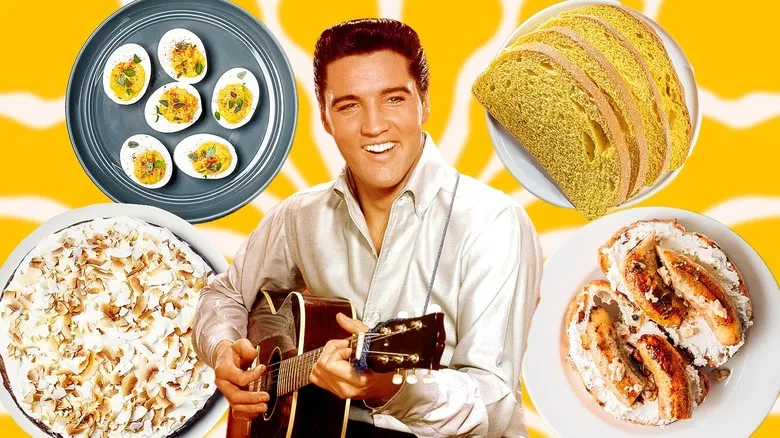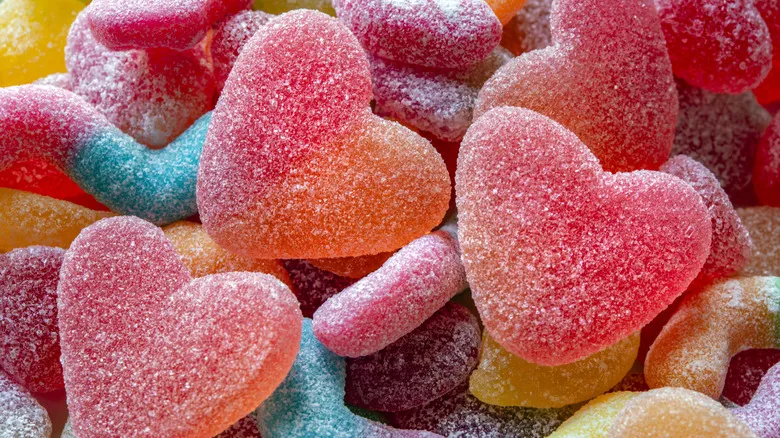Difference in appearance

Playful shapes and vibrant hues define the Swedish candy scene. Similar to American sweets, you'll encounter gummies shaped like rings, soda bottles, bears, and worms. However, Swedish candies come in a myriad of other forms, including hearts, stars, strawberries, and fish. Among the most beloved are the offerings from the Swedish brand Bubs, particularly their assorted platters featuring a delightful mix of gummies such as sour skulls, juicy soda bottles, and tangy ovals. The company emphasizes a "playful blend of taste, texture, and shape," a sentiment that resonates throughout the Swedish candy market. For instance, Ahlgrens produces marshmallows shaped like cars, while Malaco's Swedish Fish are famously delicious with their intriguingly mysterious flavors.
Visual distinctions between American and Swedish gummies extend beyond shape; their colors also set them apart. While most American gummies tend to be a single hue, Swedish gummies boast a kaleidoscope of colors, featuring vibrant shades of luminous green, yellow, red, and even black, along with soft pink and white that blend together in various combinations.
Difference in texture and taste

Swedish candy is a paradise for licorice enthusiasts, featuring an extensive array of beloved licorice pairings, especially those that incorporate black licorice. From intensely salted black licorice pieces to black licorice gummies in various shapes and sizes, licorice is a fundamental element of Swedish confections. You'll discover numerous combinations of licorice with raspberry and lemon flavors. A standout treat is the well-known sweet licorice bonbons with a spicy center, known as Turkisk Peppar.
Beyond licorice, Swedish candy boasts hundreds of unique flavors and combinations that you won't find in American sweets. For every American chocolate-covered raisin, blueberry, and orange, there are Swedish delights like milk chocolate-covered soft toffee and minty hard candies filled with chocolate. Swedish confectioners also coat all types of gummies in chocolate, resulting in a diverse selection of chocolate-covered gummy berries, fruit wedges, and Swedish fish. The chocolate and fruit combinations are just the tip of the iceberg when it comes to the flavors available in Swedish candy.
The texture of Swedish candy is a delightful blend of marshmallow, taffy, and traditional gummy — quite distinct from most American gummies. It offers a softer, springier, and fluffier feel that's easy to bite into. Some Swedish gummies are described as foamy, while others are even labeled as fizzy. The characteristic springy, bouncy texture of gummies is achieved with air bubbles rather than gelatin in Swedish treats. Additionally, you can find Swedish candy that is crunchy, stretchy, and everything in between.
Difference in ingredients

There is a wide selection of gluten-free American candies, as well as numerous vegan options suitable for those on restricted diets. However, almost all Swedish candies are both gluten-free and vegan. Due to stricter regulations in their food industry, Swedish candies typically contain fewer additives compared to American varieties, making them a more appealing choice for sweet treats. They are free from high fructose corn syrup, artificial colors such as Blue 1, Yellow 5, Yellow 6, and Red 40, as well as bromine, artificial sweeteners, and synthetic sugars like aspartame.
In many Swedish candies, glucose replaces gelatin, and they contain no trans fats. Swedish candy manufacturers prioritize natural ingredients, often featuring a "natural candy" range that includes healthier options like dried fruit. Additionally, Swedish candies are free from preservatives, which explains the growing popularity among Americans, who are now queuing around city blocks for these treats. With an extensive array of flavors, textures, chocolate varieties, and gummy delights, there is a Swedish alternative for every type of American candy—and then some.
Recommended

How The Doughnut Bacon Cheeseburger Got Its Name From An R&B Legend

Elvis' 9 Favorite Southern Comfort Foods

Why Chocolate Mousse Was Once Referred To As Mayonnaise

The Single Difference Between A Croque Monsieur And Croque Madame Sandwiches
Next up

